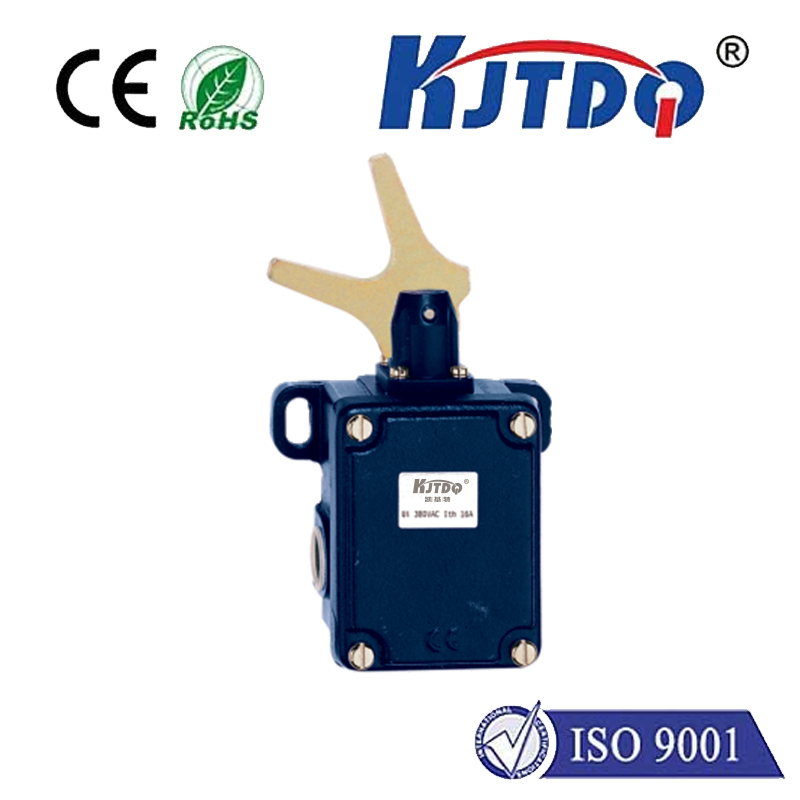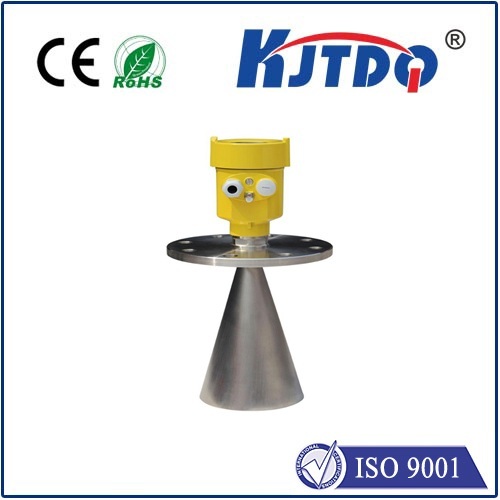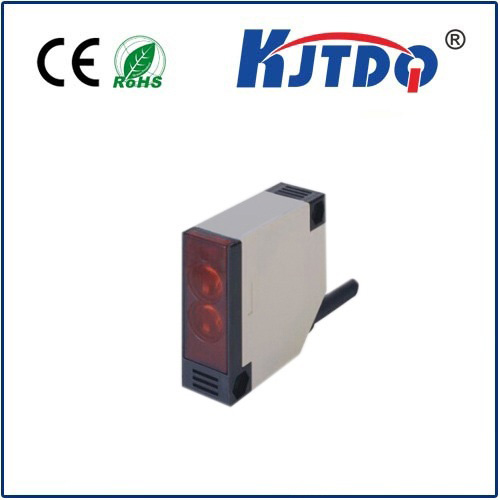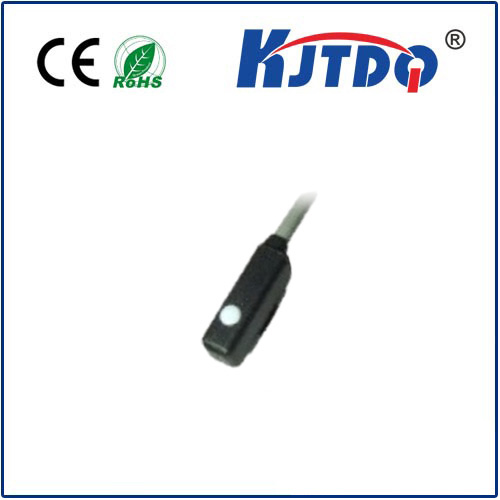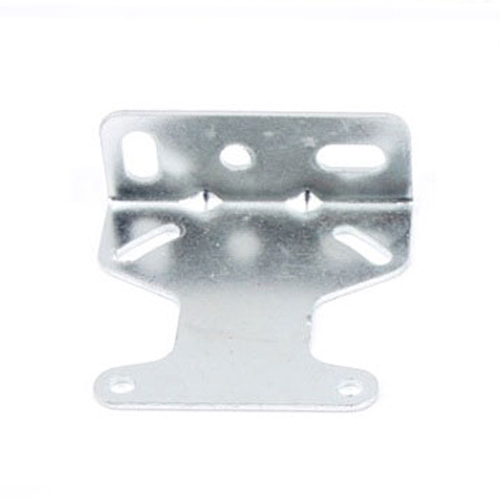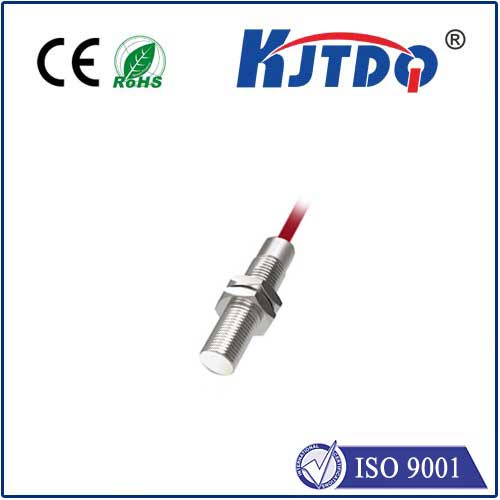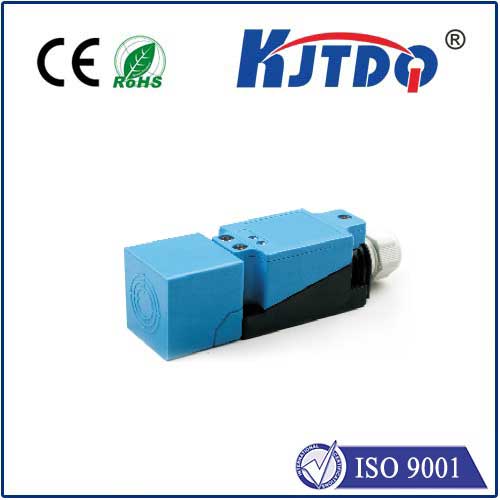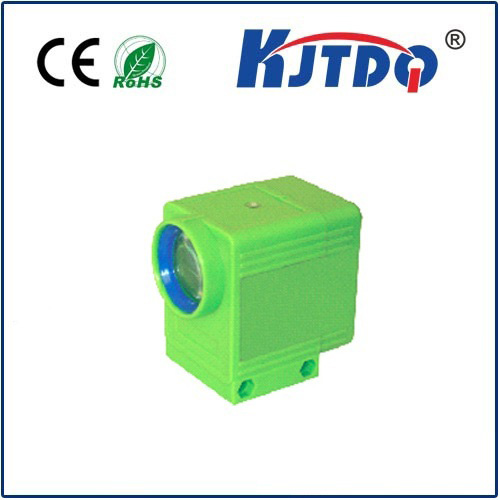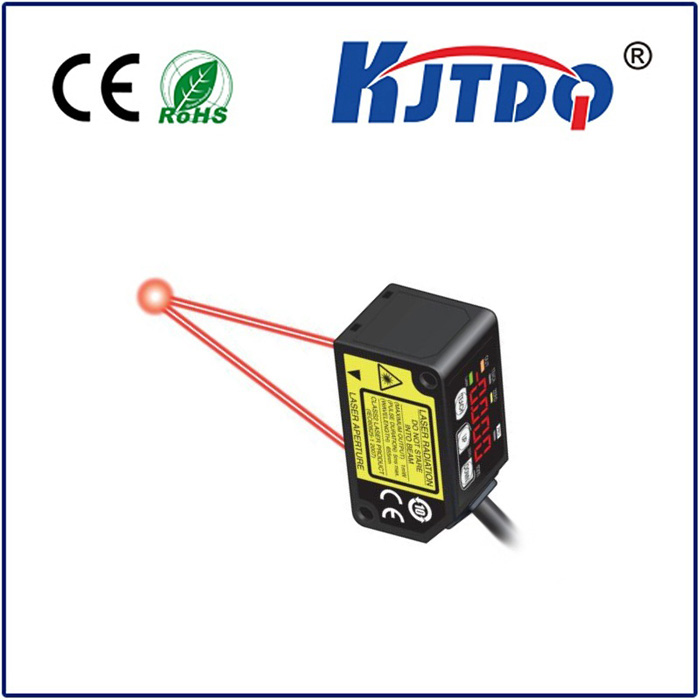laser through-beam sensor
- time:2025-09-12 04:56:15
- Click:0
Beyond the Beam: Unlocking Precision with Laser Through-Beam Sensors
Imagine a manufacturing line humming with activity. Bottles zip past at lightning speed, tiny electronic components are precisely placed, and vehicles glide through automated gates. In this world of split-second timing and microscopic tolerances, how do machines reliably detect the exact presence, position, or absence of an object? The answer often lies in an unseen beam of light: the laser through-beam sensor.
Laser through-beam sensors represent a cornerstone of modern industrial automation, offering unparalleled reliability for high-precision detection tasks. Unlike sensors that rely on reflected light (like diffuse or retro-reflective models), these operate on a fundamentally simple yet incredibly powerful principle: an emitter projects a focused laser beam towards a separate receiver unit positioned directly opposite. The receiver continually monitors this beam. When an object physically interrupts the beam’s path between emitter and receiver, the sensor triggers a signal.
The Core Principle: Light Interruption as a Signal
This “interruption detection” method provides significant inherent advantages:

- High Precision & Small Object Detection: Focused laser beams can be extremely narrow, allowing these sensors to detect even the finest objects – think wires, thin labels, miniature components, or small gaps – that might escape detection by other sensor types. The detection point is precisely defined by the beam itself.
- Long Sensing Ranges: Laser through-beam sensors excel where distance matters. They can reliably operate over ranges measured in meters (tens of meters in some high-performance models), far surpassing the capabilities of typical photoelectric sensors using other operating modes.
- Immunity to Target Characteristics: Because detection depends solely on interrupting the beam, the color, surface finish (shiny, matte, transparent), material, or angle of the target object generally has no effect on the sensor’s ability to see it. A clear glass bottle interrupts the beam just as effectively as a black metal block. This makes them exceptionally versatile.
- High Stability & Reliability: The physical separation of emitter and receiver provides inherent stability. Performance isn’t easily fooled by target reflectivity changes or background objects, leading to highly consistent operation in demanding environments.
- Immune to Ambient Light: Sophisticated models utilize modulated laser light. The receiver is tuned to recognize only this specific modulation frequency, effectively filtering out interference from factory lighting, sunlight, or other stray light sources, ensuring reliable operation.
Where the Beam Makes All the Difference
The unique strengths of laser through-beam sensors make them indispensable across countless applications:
- High-Speed Production Lines: Detecting small products, verifying presence/absence of caps or labels on bottles/cans, counting items at high speeds, and monitoring web breaks (tears) in materials like paper, film, or foil. Their speed and precision are crucial.
- Material Handling & Packaging: Ensuring cartons or packages are correctly positioned on conveyors, detecting stacked goods, verifying case sealing, and controlling robotic pick-and-place operations.
- Electronics Manufacturing: Detecting tiny components on PCBs (printed circuit boards), verifying connector pin presence, and monitoring lead frame positions with microscopic accuracy.
- Automotive & Assembly: Precision part presence verification, detecting vehicles on assembly lines, controlling robot access zones (safety light curtains often use this principle at scale), and verifying window glass positioning.
- Metrology & Positioning: Used in precision equipment for edge detection, dimensional checks, and verifying alignment over distances.
- Access Control & Security: Providing reliable detection for personnel or vehicle access gates, tamper detection on enclosures, and perimeter security systems.
Key Considerations for Implementation
While incredibly powerful, laser through-beam sensors require careful consideration for optimal performance:
- Alignment Sensitivity: Precise alignment between the emitter and receiver is absolutely critical. Vibration or movement in the mounting structure can misalign the beam, causing false triggers or missed detections. Rigid mounting is essential. Some advanced models feature visible laser beams and alignment indicators to simplify setup.
- Requires Both Sides: Unlike self-contained sensors, installation requires mounting points and running cabling on both sides of the detection zone, which can be logistically more challenging than single-unit sensors in cramped spaces.
- Object Must Obstruct: The object must be large enough and opaque enough to fully interrupt the beam. Fine threads or very light smoke might not trigger detection consistently. Dust buildup on lenses can also attenuate the beam over time.
- Environmental Factors: While resistant to ambient light, extreme smoke, dense fog, heavy dust, or steam directly within the beam path can scatter or absorb the light, preventing it from reaching the receiver. Protective housings or air purge systems might be needed in harsh environments.
- Sensing Range Selection: Choose a sensor with a specified sensing range comfortably exceeding your actual installation distance to ensure reliable operation even under less-than-ideal conditions (slight misalignment, minor lens dusting).
Choosing the Right Tool: Sensing Range Matters
Selecting the appropriate model hinges heavily on your required sensing range – the maximum reliable operating distance between emitter and receiver. Manufacturers offer extensive ranges, from compact models suitable for close-proximity tasks under a meter, to robust industrial sensors capable of spanning 20 meters or more. Always consult the sensor specifications and ensure the chosen model exceeds your operational distance requirement. Other factors include the needed response speed, output type (PNP/NPN, relay), environmental protection rating (IP67/IP69K for washdown), and supply voltage.
The Unseen Enabler of Precision
Laser through-beam sensors are more than just components; they are fundamental enablers of accuracy, speed, and reliability in automated systems. Their ability to provide high-precision detection over substantial distances, unaffected by target variations, makes them irreplaceable for tasks demanding unwavering consistency. From ensuring your beverage bottle has a cap to guaranteeing intricate electronic assemblies are flawless, the invisible laser beam working tirelessly across a production line is a testament to the power of this robust sensing technology. When your application demands the utmost confidence in object detection, especially over distance or for challenging targets, look no further than the proven performance of the laser through-beam sensor. Their role in driving efficiency and quality in industrial automation continues to grow in the era of Industry 4.0.







